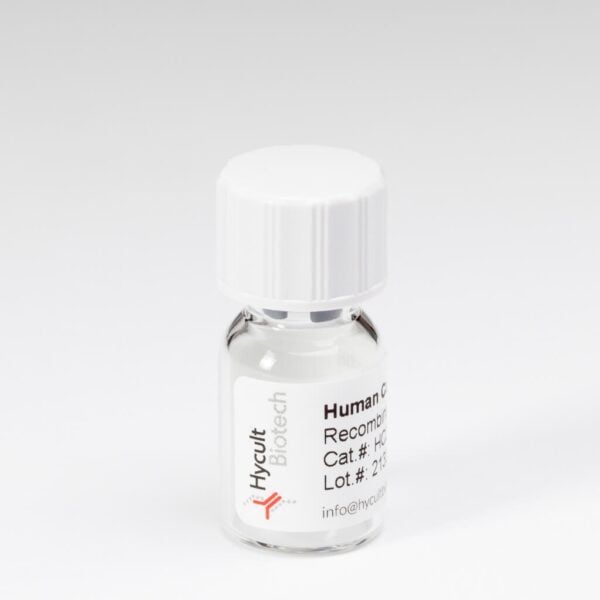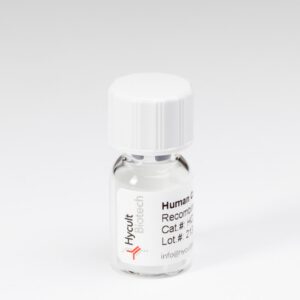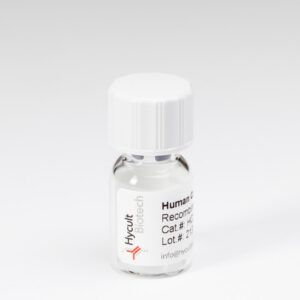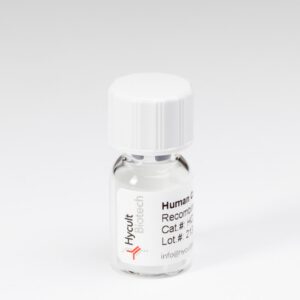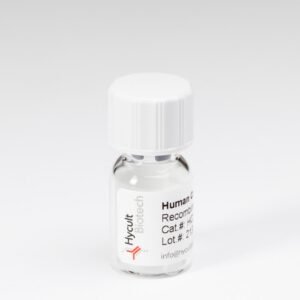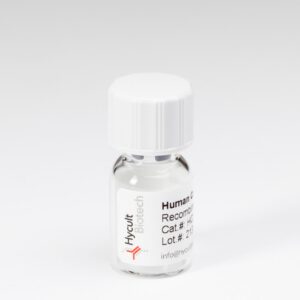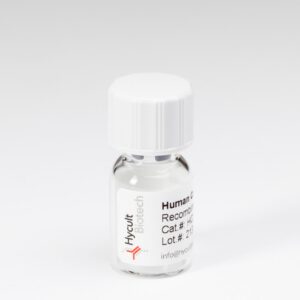CpG-A DNA (ODN 2216), Human/Mouse
€390.00
ODN 2216 is a prototype of the class of CpG-A oligodeoxynucleotides (ODN), also known as ‘D’-type ODN, and contains a phosphodiester (PO) backbone. It is particularly effective for activating NK cells and inducing IFN-alpha production in plasmacytoid dendritic cell (PDC) precursors.
The vertebrate immune system has evolved innate immune defense pattern recognition receptors (PRRs) that detect unmethylated cytosine-phosphate-guanine (CpG) motifs within bacterial DNA. Cellular activation by CpG motifs occurs via the Toll signal pathway. The Toll-like receptor-9 (TLR9, CD289) appears to be a major component of the CpG-DNA receptor, acting by direct binding to CpG-DNA, which triggers the induction of cell signaling pathways including the mitogen activated protein kinase (MAPKs) and NFκB, leading to stimulation of various cells of the immune system. The human TLR9 is expressed in B cells and PDC. Mice also express TLR9 in the myeloid compartment. Optimal sequences for activating TLR9 vary among species. Synthetic ODN contain CpG-DNA motifs mimicking the immunostimulatory effects of bacterial DNA and can, therefore, be used as immunoprotective agents, vaccine adjuvants and anti-allergic agents. CpG ODN also affects immune tolerance and autoimmunity. Different classes of CpG ODN are characterized each with distinct effects on the immune response: CpG-A (‘D’-type), CpG-B (‘K’-type), and CpG-C.
CpG-A ODN are characterized by poly-G motifs with phosphorotioate (PS) linkages at the 5’ and 3’ ends (facilitating cellular uptake) and a PO palindromic CpG-containing sequence in the ODN center. CpG-A ODN induces large amounts of IFN-alpha in PDC (unlike CpG-B), resulting in strong activation and IFN-gamma production in NK cells and gamma-delta T cells, but fails to activate B cells. Human monocytes exposed to the cytokine milieu elicited by CpG-A can differentiate into dendritic cells.
The prototype sequence of a CpG-A is the 20-mer ODN 2216 that mimics viral infection of PDC and is able to modulate the immune response in both human and mice. It has the following sequence: 5’-ggGGGACGATCGTCgggggG-3’. Lowercase letters represent PS linkage, uppercase letters represent PO linkage 3’ of the base and bold letters represent CpG dinucleotides.
You may also like…
-
€390.00
-
€390.00
-
€390.00
-
€390.00
-
€390.00
-
€390.00
Calculate your ELISA data easily
With the ELISA calculator you can easily calculate ELISA data. Assayfit Pro helps to perform curve fitting. The calculator generates advanced reports, fit graph, fit parameters and goodness of fit are shown.
We are glad to support you!
Take advantage of our dedicated support team for any technical assistance you need while using our products or considering them for your research needs.
